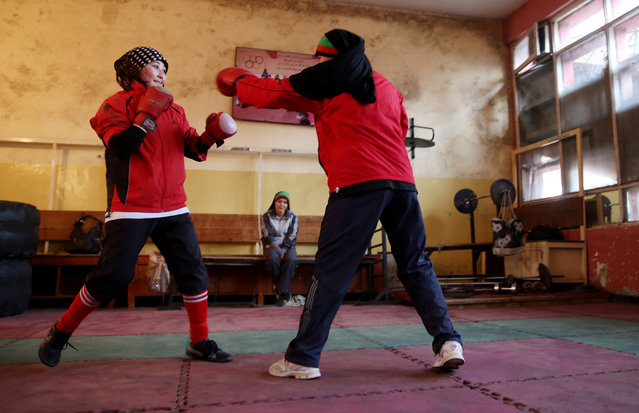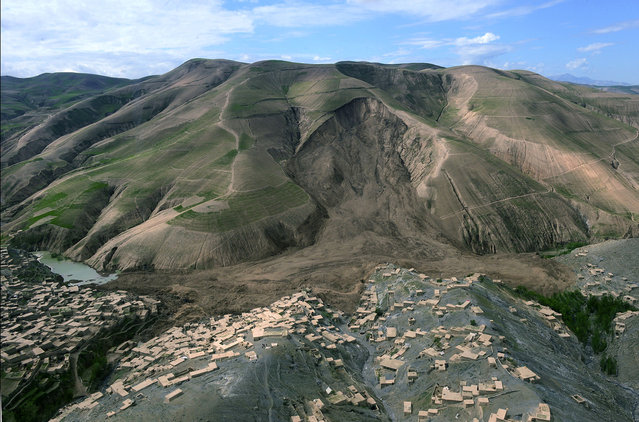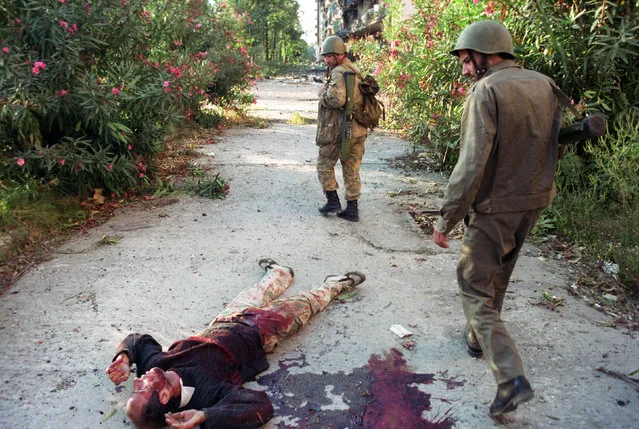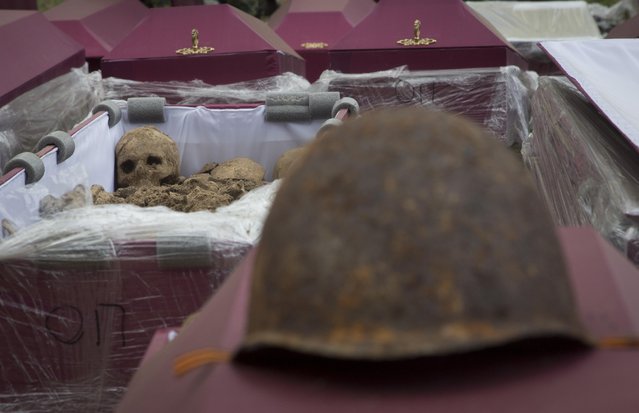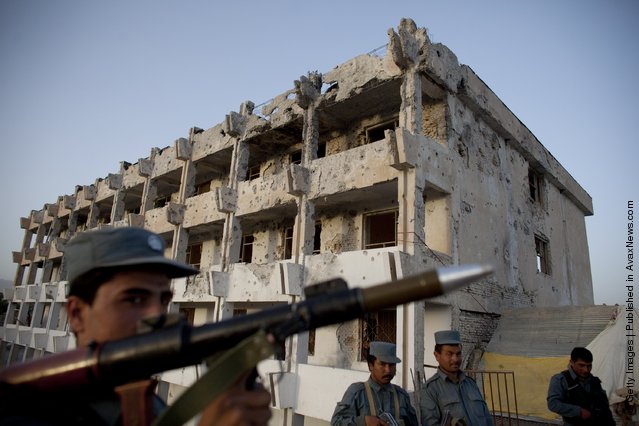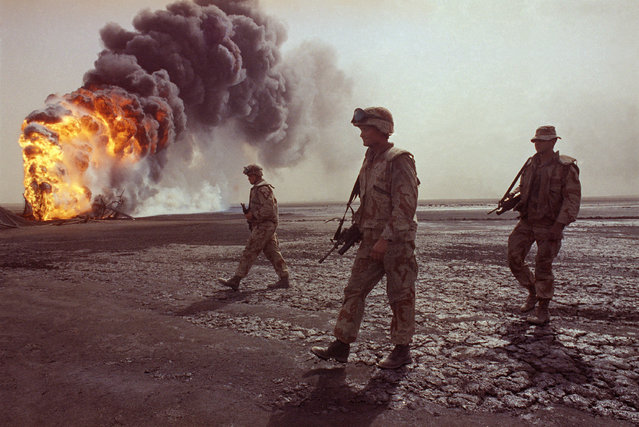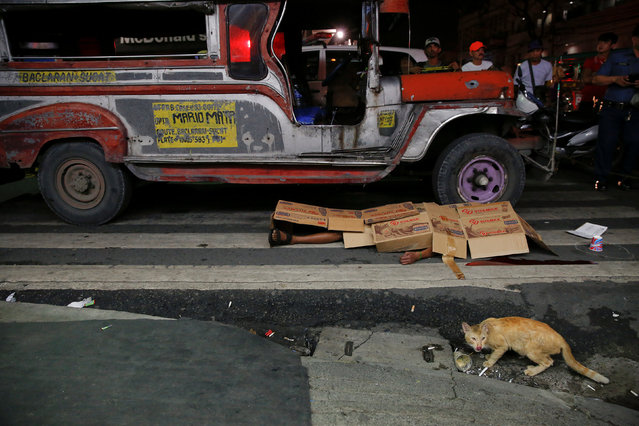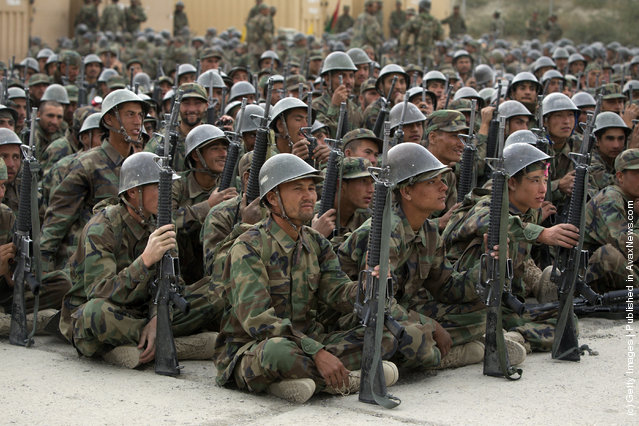
Afghan National Army (ANA) soldiers sit waiting to return their weapons after a day of traning at the Kabul Military Training Center (KMTC) October 3, 2010 in Kabul, Afghanistan. There are between 5,000 to 7,000 troops on the training facility in eight-week cycles trained by the coalition forces to ultimately take over the role of military operations in the country. (Photo by Paula Bronstein/Getty Images)
01 Jun 2011 11:33:00,post received
0 comments

